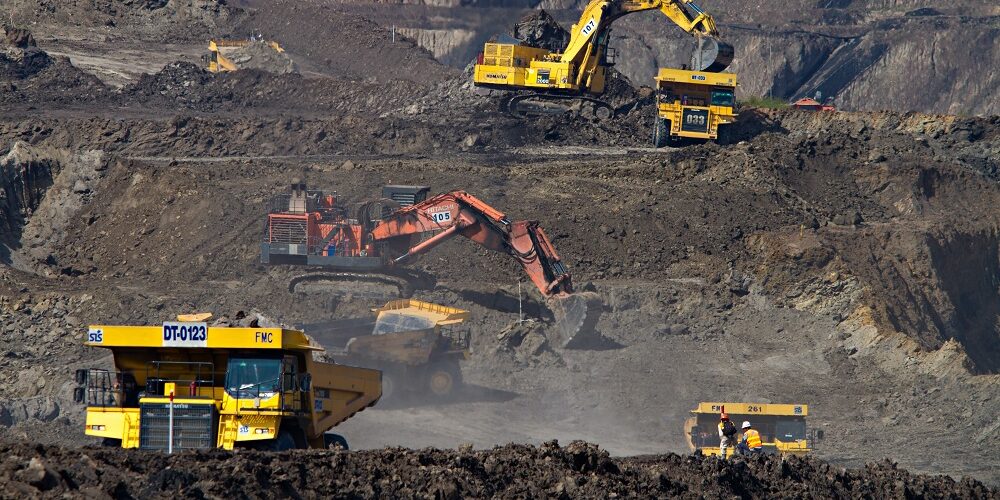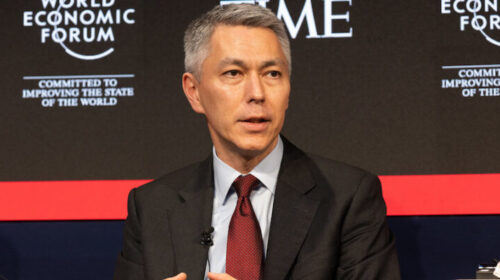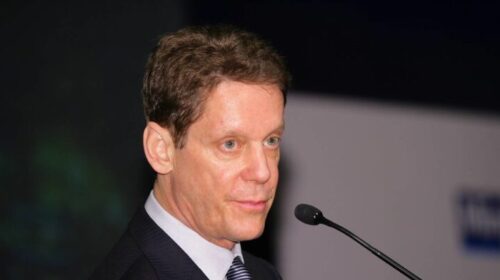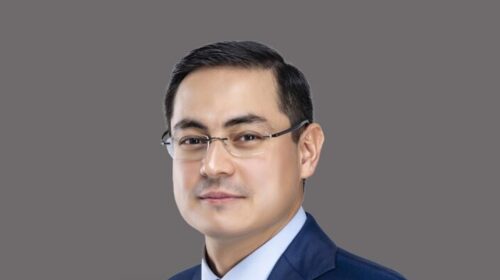How the appointment of four mining CEOs can be used to frame the sector’s 2021 outlook
THE performance of three of Johannesburg’s largest mining shares by value in 2021 will have much to do with a new generation of CEOs, one of which has already been named.
A permanent change of management is imminent for two of bourse’s largest gold companies, AngloGold Ashanti and Gold Fields, whilst at Glencore, the global diversified miner, Gary Nagle is to replace CEO, Ivan Glasenberg.
A fourth firm, Rio Tinto, replaced its CEO Jean-Sébastien Jacques with Jakob Stausholm. Although not listed in Johannesburg, its direction of travel will be illustrative of industry-wide problems and challenges.
In a nutshell, the mining sector is faced with the question of conduct, especially as the ‘shocks’ of 2020 become part of investment consciousness in 2021.
GOLD FIELDS:
Nick Holland, an accountant and CEO of the company for 13 years, is leaving the firm during 2021 because he reaches the mandatory retirement age of 63. Otherwise, you’d get the sense he’d carry on.
Holland will be a big miss. With his tinged coiffure, and outspoken suit and tie combinations, he has successfully locked in sustainable annual production of 2.2 million ounces for Gold Fields through prudent organic and acquisition activity. He’s also overseen the restructuring of the firm’s problematic South Deep.
Whoever steps into the breach, however, will have the quo vadis question of South Deep – an issue that runs deep to the heart of whether South African gold mining has a viable, long-term future.
The mine, the last of the large-scale, underground orebodies yielded to humankind by the Witwatersrand, has cost Gold Fields billions in rands without return, current profit-making notwithstanding.
Most of that lost investment was under Holland’s watch (he was formerly Gold Fields’ CFO at the time of South Deep’s purchase). One implication of this is that a new CEO may not be wedded to the mine’s future, which may potentially lead to its sale.
Holland could stay at Gold Fields until September at the latest, but the company’s board surely won’t keep the market waiting. One alternative theory is that Holland may use 2021 as a swan-song year by embarking on a note-worthy transaction.
One industry-wide issue at heart is whether South African gold mining will lose another of its foundation investors in Gold Fields given AngloGold sold its South African mines to Harmony Gold in September.
ANGLOGOLD ASHANTI:
At the moment, the company is being run by former CFO, Christine Ramon, who’s proven adept in the role, overseeing in October an increase in the firm’s dividend payout rate – a step Ramon acknowledged was long overdue. Ramon is interim CEO owing to the August resignation of Kelvin Dushnisky.
It’s understood Ramon is keen for the job at AngloGold permanently, but there’s background noise in the company. An ‘issue’ is that shareholders may prefer an operational, hands-on executive in Ramon’s place. The other question is whether AngloGold still represents a buy-out opportunity. Its share price has significantly under-performed the benchmark ‘GDX’ exchange traded fund and peer group companies such as Barrick Gold for a large part of 2020.
Consolidation of the world’s gold mining sector was a theme of 2020 triggered by merger of equals between Barrick and Randgold Resources as well as Newmont Mining and Goldcorp in 2019. AngloGold as takeout target is speculation that may get some airtime in 2021 with Barrick Gold keenly watching, largely because it seeks full control of the rich Congo mine Kibali which it shares with AngloGold.
GLENCORE:
Ivan Glasenberg, a former race-walker for Israel, and a South African with Johannesburg roots, is synonymous with Glencore. It was Glasenberg who took the company to its London listing in 2011 – one of the largest initial public offerings the City has seen – propelling himself and his fellow executives to billionaire status overnight.
With its marketing arm helping to direct strategic attention, Glasenberg has operated Glencore in a way that prefigured the mining sector’s current interest in ‘value over growth’, refusing to build new mines for the sake of capturing market share.
But the group has been subject to a series of investigations including a corruption inquiry by the US Department of Justice in 2018 and in 2019 the UK’s Serious Fraud Office in respect of the group’s business in the Democratic Republic of Congo (DRC), Venezuela and Nigeria since 2007.
In parallel with these events, Glencore has been gradually refreshing management with younger blood. As a result, most of the so-called ‘Billionaire’s Club’ of the 2011 IPO have taken retirement with Glasenberg the last to go.
The betting was that Glasenberg would use the firm’s 2020 annual results presentation to announce his departure, after more than two decades at the company. But he announced his 2021 retirement in December at an investor update. Nagle, a South African who currently heads the group’s coal division, was the chosen one.
He will have to deal with some of the mining sector’s most divisive issues.
The company has pledged to produce no more than 80 million tons of thermal coal annually, but increasingly investors are turning their backs on companies with heavy fossil fuel exposure, notwithstanding Glencore’s insistence that it produces metals crucial to decarbonisation in equal volumes.
Secondly, the moral licence to mine is the critical measure by which mining firms compete against all other asset classes. If this became apparent in 2020, it will become screamingly critical in 2021. How Glencore continues to tackle questions of governance of its African copper/cobalt will be closely regarded.
On the issue of governance, Jakob Stausholm, the incoming CEO at Rio Tinto, the Anglo-Australian diversified mining house, may have the most strategically instructive role to play above all other mining groups.
RIO TINTO:
Jean-Sébastien Jacques has had a lot of time of clean out his desk following his ‘sacking’ in September following investor pressure.
His misstep was to oversee the blowing to smithereens of the 46,000-year old Aboriginal Jukken Gorge caves in Western Australia’s Pilbara iron ore fields. Whilst the company had a legal right to blast the area to access new iron ore resources, its failure to understand the sensitivity of the act turns the mining sector’s worst possible face to popular regard.
A successor has to undertaken enormous repair of reputation as well as address the culture at Rio Tinto, nicknamed ‘Rio TNT’ since the Jukken Gorge blast. Ironically, culture change has high on Jacques’ agenda: it was he who issued an infamous ‘fit in or ****-off’ order in respect of conforming to improved levels of mining safety practice.
Environment, sustainability, and governance is the mining sector’s greatest challenge, but the other thing about Rio Tinto is that increasingly the role of non-executive board members in helping to direct corporate evolution is becoming equally critical. It was investors who forced Jacques’ departure, rather than the board.
Interestingly, it is the function of non-executive board members to fill top executive vacancies which means the top to bottom robustness and expertise of board members, as well as corporate processes, checks and balances will be an important feature of how mining businesses conduct themselves this year.
![]()





